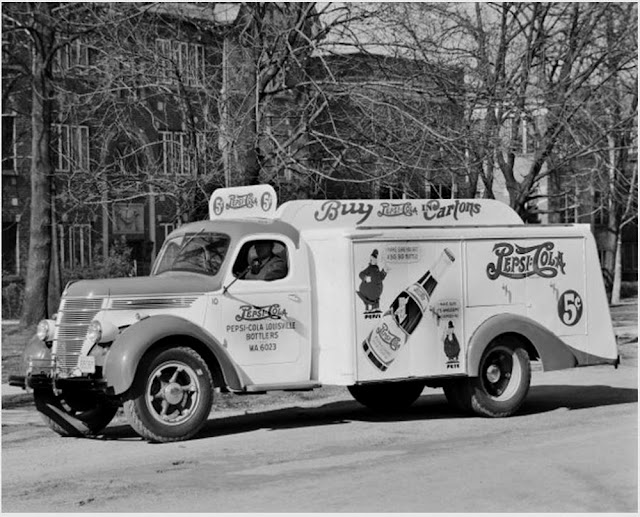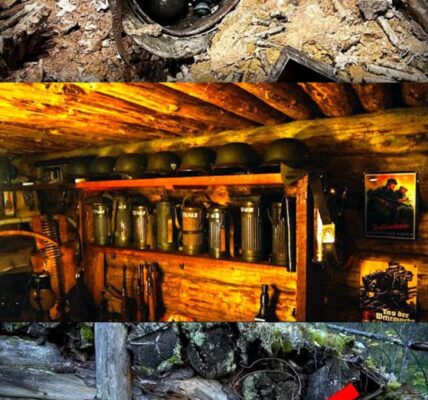Delivery trucks in the 1930s underwent significant advancements compared to their 1920s counterparts. This period saw improvements in design, technology, and functionality, driven by the growing demands of commerce and the development of better infrastructure.
Trucks in the 1930s began to feature more streamlined and rounded shapes, moving away from the boxy designs of the previous decade. This was partly influenced by the Art Deco movement, which emphasized sleek, modern aesthetics. The majority of trucks had fully enclosed cabs, providing better protection from the weather and a more comfortable driving environment. This was a major shift from the often open cabs of the 1920s.
The transition to all-steel bodies became more common, offering greater durability and protection for both the driver and the cargo. This also allowed for more complex and sturdy designs. Improved suspension systems made trucks more comfortable to drive and capable of carrying heavier loads, even on rougher roads.
Many trucks in the 1930s were equipped with six-cylinder engines, providing more power and better performance, particularly for heavier loads and longer distances. Engines became more reliable, with better cooling systems and more efficient fuel use, making trucks more dependable for daily commercial operations.
With the advent of more powerful engines, trucks could achieve higher speeds, making them more efficient for deliveries, especially over longer distances. Trucks were designed to carry heavier loads, thanks to stronger chassis and improved braking systems, which made them suitable for a broader range of delivery tasks.
By the mid-1930s, hydraulic brakes were becoming standard on many trucks, offering more reliable and effective stopping power compared to the mechanical brakes used in earlier models. Trucks were equipped with better headlights, often using sealed beam units, which significantly improved nighttime visibility and safety. Enclosed cabs featured better windshield wipers and, in some models, defrosters, improving visibility in bad weather.
The decade saw the introduction of more specialized delivery trucks, such as refrigerated trucks for perishable goods, tank trucks for liquids, and panel trucks for secure deliveries of smaller items.
The Great Depression had a significant impact on the trucking industry. While production and sales of trucks slowed during the early 1930s, the trucks that were produced were built to last, often remaining in service well into the 1940s. Companies became more focused on efficiency and cost-effectiveness, leading to innovations that made trucks more economical to operate.
In summary, delivery trucks in the 1930s represented a significant leap forward in terms of design, technology, and application. They were more powerful, reliable, and versatile, able to meet the growing demands of both urban and rural commerce during a transformative period in American history.

































